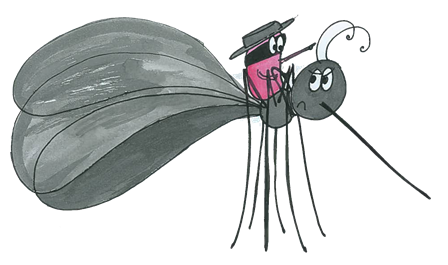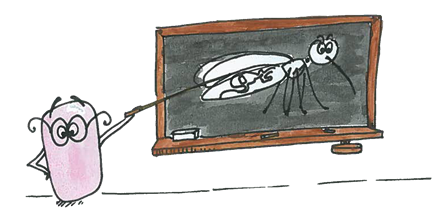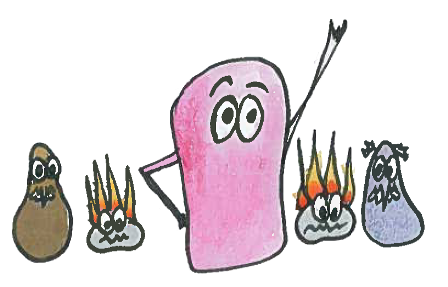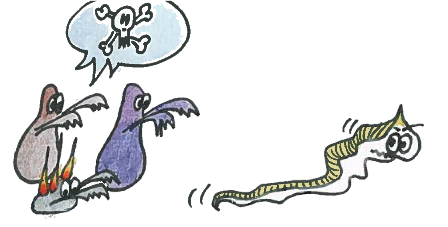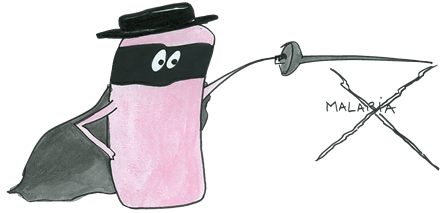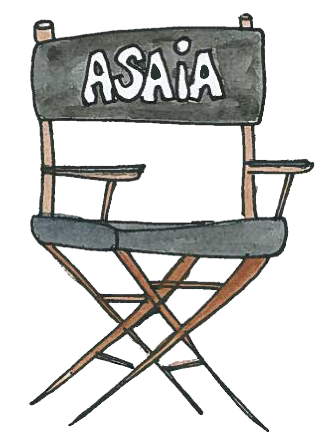Team:EPF Lausanne/Project
From 2010.igem.org
(→Results) |
|||
| (215 intermediate revisions not shown) | |||
| Line 1: | Line 1: | ||
| - | + | {{EPFL_2010_2}} | |
| - | + | ||
<html> | <html> | ||
| - | <div | + | |
| - | < | + | <head><style> .EPFL_content { margin-right:180px; } </style></head> |
| - | + | ||
| - | </div> | + | <div style="position: absolute; left: 0px; top: 60px; height: 140px; width: 975px;"> |
| - | <div | + | <img alt="" src="https://static.igem.org/mediawiki/2010/5/56/EPFL_Title_2_Overview.png"/></div> |
| - | + | ||
| - | + | <div style="position: absolute; left: 310px; top: 11px; height: 85px; width: 125px;"> | |
| - | + | <a href="https://2010.igem.org/Team:EPF_Lausanne/Project"> | |
| - | + | <img alt="" height="80" src="https://static.igem.org/mediawiki/2010/d/d2/EPFL_Menu_2_Project.png" width="125" class="auto-style1" /></a></div> | |
| - | </div> | + | |
| - | + | ||
</html> | </html> | ||
| - | + | {{EPFL_2010_sub_menu_projects}} | |
| - | |||
| - | |||
| - | |||
| - | |||
| - | |||
| - | |||
| - | |||
| - | |||
| - | |||
| - | |||
| - | |||
| - | < | + | <div CLASS="EPFL_content"> |
| - | + | = Overview = | |
| - | + | This page provides an overview of our project and the [[Team:EPF_Lausanne/Project#Results|results]] we achieved. | |
| - | + | ==Project idea== | |
| - | + | [[Image:Mousquito and asaia 3.png|left|250px|caption]] | |
| - | + | The aim of our project is to defeat [https://2010.igem.org/wiki/index.php?title=Team:EPF_Lausanne/Project_malaria Malaria]. To do so, we genetically modified a bacterium that is naturally present in ''Anopheles'' mosquitoes. Our engineered bacterium is designed to prevent malaria from infecting the mosquito. This in turn will prevent the transmission of the parasite to humans. | |
| - | + | ||
| - | + | ||
| - | + | ||
| - | + | ||
| - | + | ||
| + | Our idea is to engineer [https://2010.igem.org/Team:EPF_Lausanne/Project_asaia ''Asaia''], a bacterium that is naturally present in the mosquito's intestinal tract. | ||
| + | [[Image:Asaia_project_overview.png|left|300px]] | ||
| + | [[Image:gut.png|300px]] | ||
| - | |||
| - | |||
| - | [ | + | This bacterium would express an [https://2010.igem.org/Team:EPF_Lausanne/Project_immuno immunotoxin] or specific [https://2010.igem.org/Team:EPF_Lausanne/Project_immuno proteins] that either kill ''P. falciparum'' or prevent its entry into the epithelium of ''Anopheles''. |
| - | + | [[Image:all_team.png|200px|caption]] [[Image:hunting.png|200px|caption]] | |
| + | Our host bacterium ''Asaia'' is an organism that is not only easy to grow and to genetically manipulate but is also naturally present in the ecosystem. We aim to establish ''Asaia'' as a new chassis to give future iGEM teams the opportunity to quickly and efficiently engineer new and more potent ''Asaia'' strains. This would provide synthetic biology with a useful tool in the fight against malaria and other mosquito borne diseases. | ||
| + | [[Image:Zorro.png|right|300px|caption]] | ||
| + | So... ''ASAIA'' is the pink power against malaria..... | ||
| - | |||
| Line 63: | Line 48: | ||
| - | |||
| + | For an overview of our project, you can watch our movie | ||
| + | [https://2010.igem.org/Team:EPF_Lausanne/Humanpractices_Movie iGEM EPFL movie] | ||
| + | [[Image:Movie chair.png|center|100px|caption]] | ||
| - | == | + | ==Results== |
| + | [[Image:EPFL check list results.png|right|380px|caption]] | ||
| + | We established [https://2010.igem.org/Team:EPF_Lausanne/Project_asaia ''Asaia'' as a new chassis] by providing detailed [[Team:EPF_Lausanne/Project_asaia#Do you want to work with Asaia?|tech-sheets]] on how to manipulate it. | ||
| + | We constructed several [https://2010.igem.org/Team:EPF_Lausanne/Project_parts biobricks] with which [https://2010.igem.org/Team:EPF_Lausanne/Project_immuno proteins] can be produced that may block [https://2010.igem.org/wiki/index.php?title=Team:EPF_Lausanne/Project_malaria malaria] infection. We also made Asaia-specific biobricks, such as the [[Team:EPF_Lausanne/Project_parts#Promoter_characterization|CFP construct to test expression]]. | ||
| + | These tools will allow future iGEM teams to use ''Asaia'' and manipulate it | ||
| + | to fight mosquito-borne diseases. | ||
| + | The [[Team:EPF_Lausanne/Project_immuno#Results|expression of the proteins]] intended to block ''P. falciparum'' was tested in ''E. coli''. The tests showed that the immunotoxin is expressed and it also appears in the supernatant, which is evidence for secretion. | ||
| + | We could not show expression of the P-proteins, probably due to the AT-rich sequence. | ||
| - | + | Furthermore we tested the [[Team:EPF_Lausanne/Project_droso#I) Experiments on Drosophila|persistence of ''Asaia'' in ''D. melanogaster'']] to see if it could be used as an alternative host to facilitate research. The results showed that ''Asaia'' is not persistent in ''D. melanogaster'' and we assume that it is because ''Asaia'' is very specific to mosquitoes. | |
| - | + | We also established a [[Team:EPF_Lausanne/Project_droso#II) Experiments on mosquitoes|collaboration with a Laboratory at the Pasteur Institute]] in Paris that works on mosquitoes to help us test whether our constructs indeed inhibit ''P. falciparum'' from infecting mosquitoes. | |
| + | |||
| + | |||
| + | {{EPFL_2010_bottom_wrap}} | ||
| + | |||
| + | </div> | ||
Latest revision as of 23:18, 27 October 2010


Overview
This page provides an overview of our project and the results we achieved.
Project idea
The aim of our project is to defeat Malaria. To do so, we genetically modified a bacterium that is naturally present in Anopheles mosquitoes. Our engineered bacterium is designed to prevent malaria from infecting the mosquito. This in turn will prevent the transmission of the parasite to humans.
Our idea is to engineer Asaia, a bacterium that is naturally present in the mosquito's intestinal tract.
This bacterium would express an immunotoxin or specific proteins that either kill P. falciparum or prevent its entry into the epithelium of Anopheles.
Our host bacterium Asaia is an organism that is not only easy to grow and to genetically manipulate but is also naturally present in the ecosystem. We aim to establish Asaia as a new chassis to give future iGEM teams the opportunity to quickly and efficiently engineer new and more potent Asaia strains. This would provide synthetic biology with a useful tool in the fight against malaria and other mosquito borne diseases.
So... ASAIA is the pink power against malaria.....
For an overview of our project, you can watch our movie
iGEM EPFL movie
Results
We established Asaia as a new chassis by providing detailed tech-sheets on how to manipulate it. We constructed several biobricks with which proteins can be produced that may block malaria infection. We also made Asaia-specific biobricks, such as the CFP construct to test expression. These tools will allow future iGEM teams to use Asaia and manipulate it to fight mosquito-borne diseases.
The expression of the proteins intended to block P. falciparum was tested in E. coli. The tests showed that the immunotoxin is expressed and it also appears in the supernatant, which is evidence for secretion. We could not show expression of the P-proteins, probably due to the AT-rich sequence.
Furthermore we tested the persistence of Asaia in D. melanogaster to see if it could be used as an alternative host to facilitate research. The results showed that Asaia is not persistent in D. melanogaster and we assume that it is because Asaia is very specific to mosquitoes.
We also established a collaboration with a Laboratory at the Pasteur Institute in Paris that works on mosquitoes to help us test whether our constructs indeed inhibit P. falciparum from infecting mosquitoes.

 "
"

















